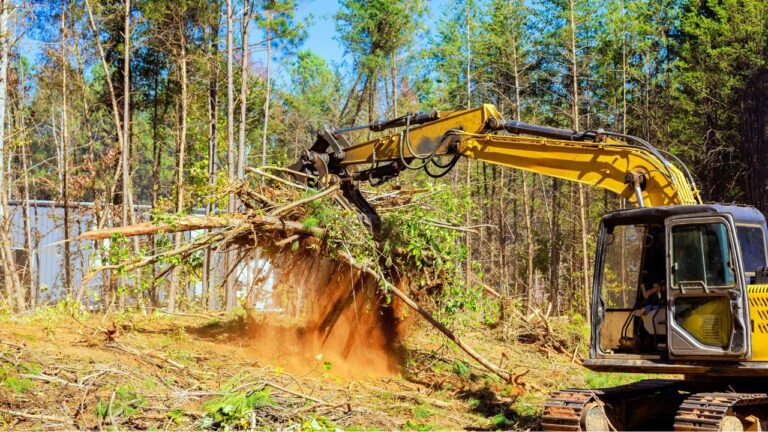Workshop layouts that make winter projects easier
Cold weather changes how a shop feels and functions. You need clear paths, safer dust control with closed doors, and stations that don’t fight bulky clothing or gloves. A winter-smart layout keeps you building without a wrestling match.
Put heat where you stand, not where you store
A portable radiant heater aimed at your main bench warms you fast without heating the rafters. Place it off your cutoff path and on a stable, non-combustible surface.
Add an anti-fatigue mat at that station. Warm feet and a little cushion make longer sessions possible when the slab is cold.
Create a rolling core around the bench
Put your most-used tools—miter saw, planer, sander—on locking casters. Roll them into a U around your main bench so cuts and assemblies happen within a few steps.
When you’re done, park them tight to the wall to reclaim aisle space. Winter shops feel smaller with the garage door closed; rolling cores give it back.
Keep cold-friendly glue at the ready

Most wood glues don’t like temps below ~50°F. Store bottles indoors and bring out what you’ll use that day. If glue thickened in the cold, replace it—weak joints aren’t worth the savings.
Use a small heat pad under the glue-up area for big panels. Gentle warmth helps cures stay predictable without rushing them.
Stage a clean finishing corner
Fumes and winter don’t mix. Dedicate a corner with a box fan exhausting through a window insert and a furnace filter taped on the intake side.
Choose finishes that cure in the cold: wipe-on oil/varnish blends and shellac behave better than thick water-bornes at low temps. Always check the can’s temperature range before you commit.
Manage dust with short runs and blast gates
Cold air means closed doors, so dust matters more. Keep your vac or collector close to the tool with the shortest hose run you can manage. Shorter runs equal better capture.
Install blast gates and make “one machine on, others closed” a habit. You’ll breathe easier and spend less time sweeping when you can’t vent the whole shop.
Light the work, not the ceiling

Winter light is flat. Add task lights with high-CRI bulbs over the bench, at the saw, and above the drill press. You’ll see grain direction and layout lines without squinting.
Clamp-on goosenecks are worth their cost. Point, tighten, cut—then swing to the next station without rewiring anything.
Give cords and clamps a warm home
Cold PVC cord jackets get brittle and stiff. Hang cords on wide racks near the heater and coil loosely so they relax before use.
Store parallel clamps and metal squares off the slab. A simple 2×4 rack keeps cold metal from chilling glue joints as soon as it touches the work.
Build a “warm smalls” drawer
Keep pencils, chalk, knife blades, earplugs, and batteries in a top drawer that stays warm. If your hands go numb, you can still grab sharp, workable tools without digging.
Add a spare set of liner gloves. Thin liners under work gloves keep you dexterous enough to mark and measure without constant on-off.
Plan projects that fit winter realities
Use the season for joinery practice, jig building, drawer sets, and finish-light tasks. Save giant tabletops and heavy spray jobs for spring.
A realistic queue keeps you moving and proud of what you’re turning out, instead of stalled because the garage won’t cooperate in January.
Like Fix It Homestead’s content? Be sure to follow us.
Here’s more from us:
10 things that make your house feel less welcoming without saying a word
10 Upgrades That Make Your House Look Fancier Than Your Neighbor’s
*This article was developed with AI-powered tools and has been carefully reviewed by our editors.







